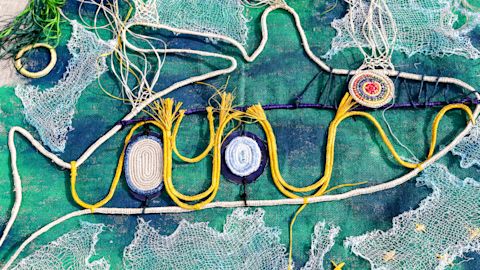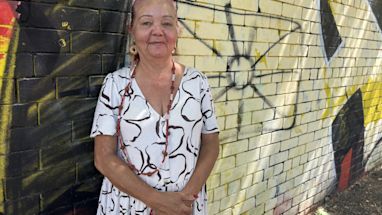Language connects Aboriginal and Torres Strait Islander peoples to country, lore and cultures. It’s inextricably linked to land and holds deep spiritual significance. You can learn more about the Gadigal language of Sydney and help keep Indigenous languages alive.
There are 250 distinct language groups in Australia. Some of these have been lost due to the impact of colonisation. However, many of the language groups are still in use.
Languages are being reawakened in Sydney
Park signs throughout the city continue to be renewed and remind visitors they are on Gadigal country. The signs feature the Gadigal greeting, bujari gamarruwa, meaning ‘good day.’ This was guided by the local community with the Metropolitan Local Aboriginal Land Council and linguist Professor Jakelin Troy.
The Sydney Languages (PDF 0.2MB) by Professor Jakelin Troy is an informative resource about Sydney’s first languages. Professor Troy’s work draws on the journals of William Dawes, who documented language shared with him by Aboriginal woman, Patyegarang.
Warrane is the local name for Sydney Cove
Since 2002, a number of places in Sydney have been dual named by the Geographical Names Board. This is to recognise the equal importance of Aboriginal and European place names. Here are some examples:
- Tumbalong – Darling Harbour
- Ta-Ra – Dawes Point
- Dubbagullee – Bennelong Point.
For more, visit Sydney Barani.
Lots of great classes help keep languages alive
Joel Davison is a Gadigal and Dunghutti man who has been involved in language workshops.
“I like to think that there are still plenty of embers left, sparks of knowledge. Many people in Sydney want to learn the language and learn about the culture. It’s now about ramping up efforts from just keeping these languages alive to revitalising them in a big way,” he said.
“Keep the conversation alive, do what you can to learn the language and about the culture. Good places to start are TAFE, Indigenous studies units for your electives if you’re at uni, and cultural tours.”
Published 29 May 2018, updated 9 July 2018



